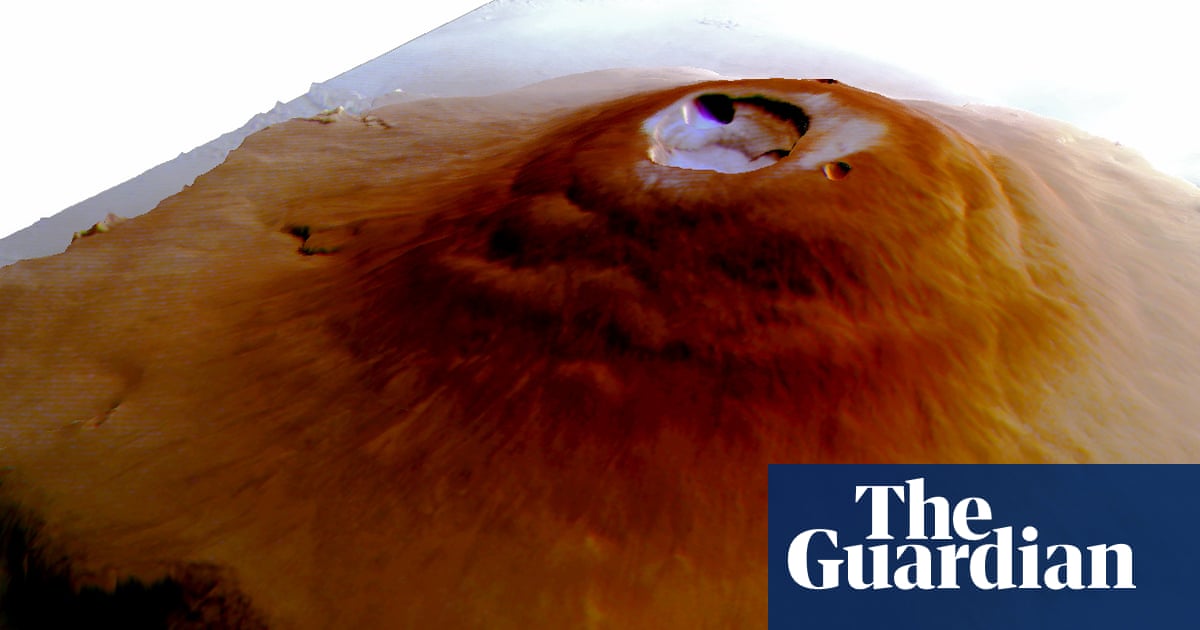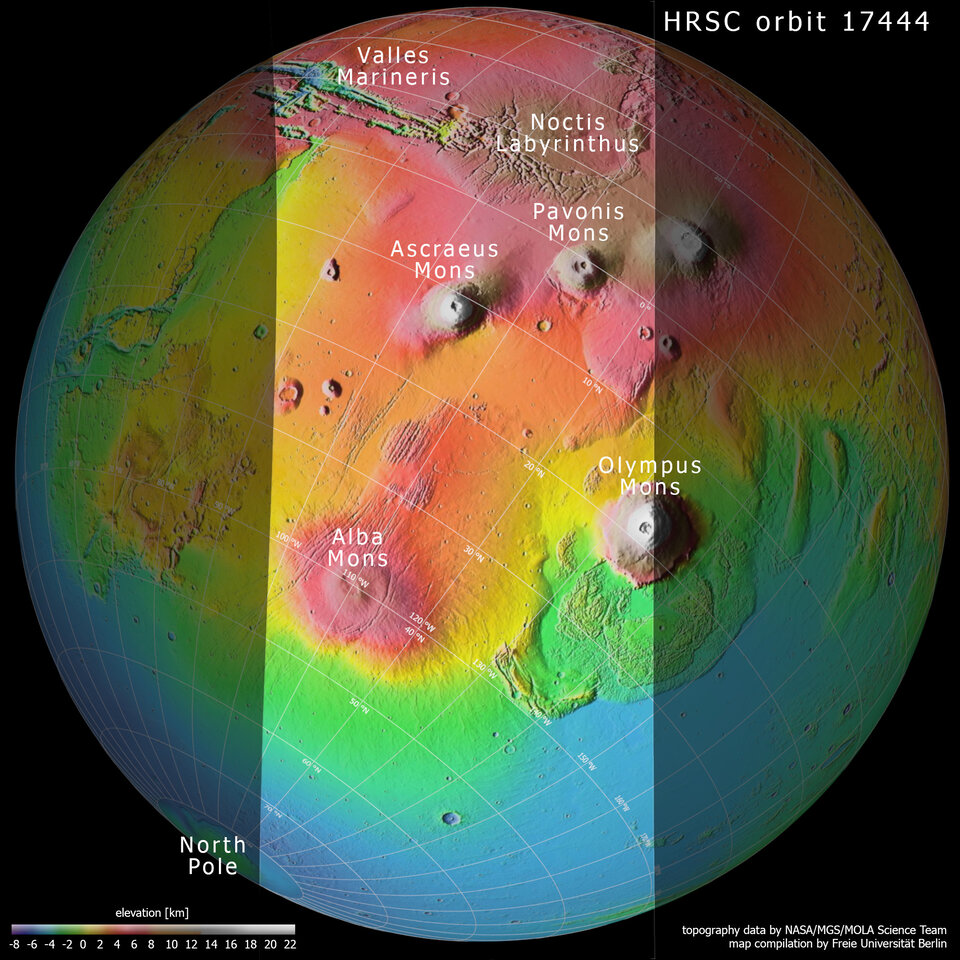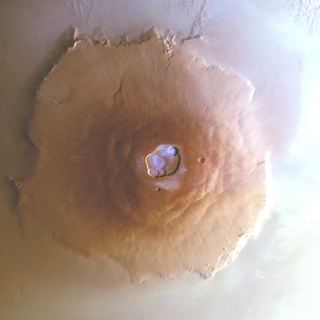
Mars, the fourth planet from the sun, is known for its volcanic activity and harsh climate. Recently, an intriguing discovery was made regarding some of Mars' largest mountains in the Tharsis region near the equator. Early morning frost has been observed on these colossal Martian volcanoes, including Olympus Mons and Pavonis Mons, which are three times as tall as Mount Everest. This frost appears as a bluish hue on the caldera floors and is absent from well-lit slopes.
The discovery was made using data from the European Space Agency's (ESA) Trace Gas Orbiter (TGO) and Mars Express orbiter. The researchers, led by Adomas Valantinas of the University of Berne in Switzerland and Brown University in the US, calculated that during colder Martian seasons, approximately 150,000 tonnes of water condense daily on the tops of these towering mountains.
Frost has been found to form overnight on the summit craters and sections of their rims. Despite being exceptionally thin (likely only one-hundredth of a millimetre thick), it covers a vast area. The researchers suggest that Martian winds may blow up the mountainsides, carrying relatively moist air into the calderas where it condenses and settles as frost.
This discovery is significant because scientists previously believed that frost could not form on the Tharsis volcano tops due to high daytime temperatures and thin atmospheric conditions. However, this finding challenges our understanding of Mars' climate processes and offers new insights into the planet's water cycle.
The Tharsis region is home to a dozen large volcanoes, including Pavonis Mons and Olympus Mons. These extinct volcanoes rise through Mars' thin atmosphere, with Olympus Mons being the largest in both diameter (600 kilometers or 370 miles) and height (around 25 kilometers or 15.5 miles).
The discovery of water frost on Mars' highest volcanoes adds to the ongoing success of ESA's ExoMars and Mars Express missions, which have provided valuable data about the Red Planet's geology, atmosphere, and potential for past or present life.








